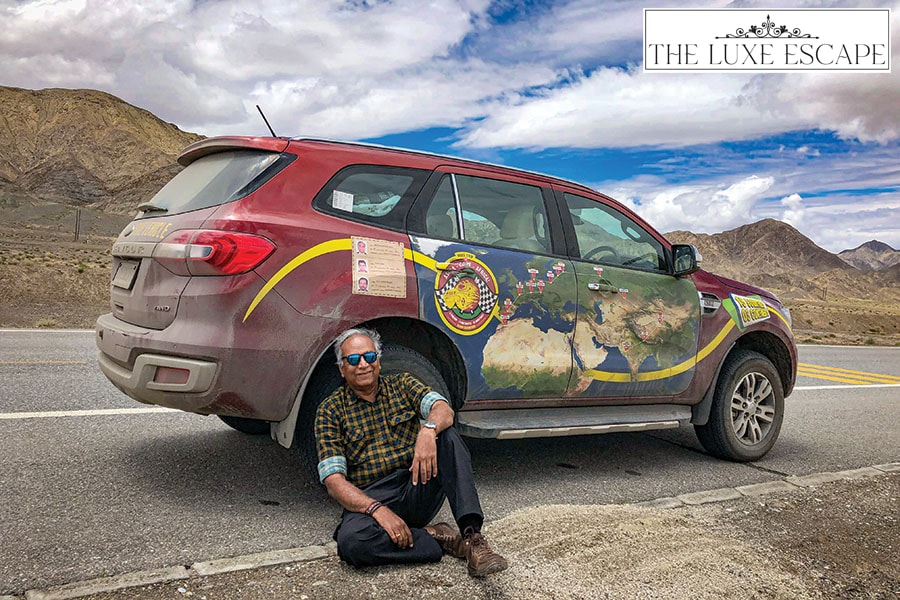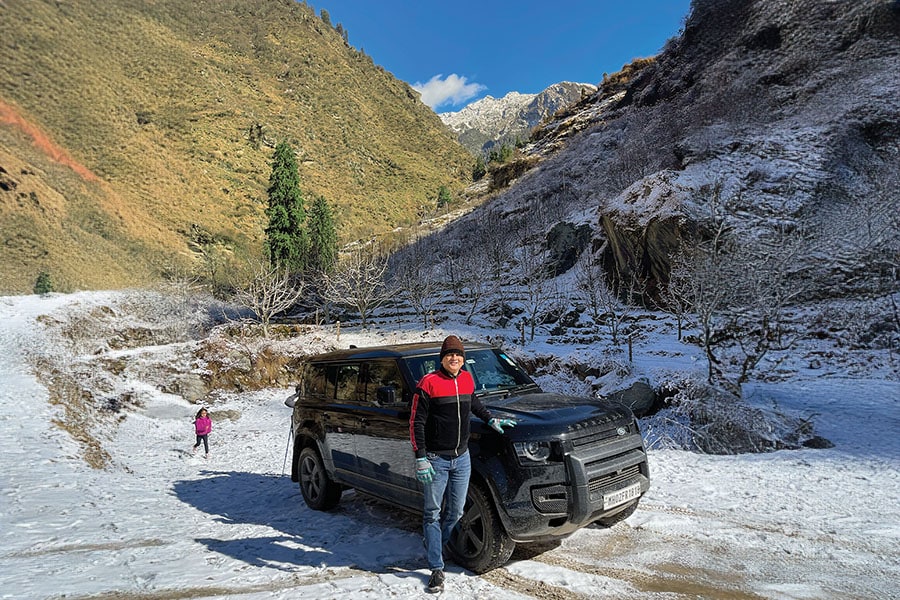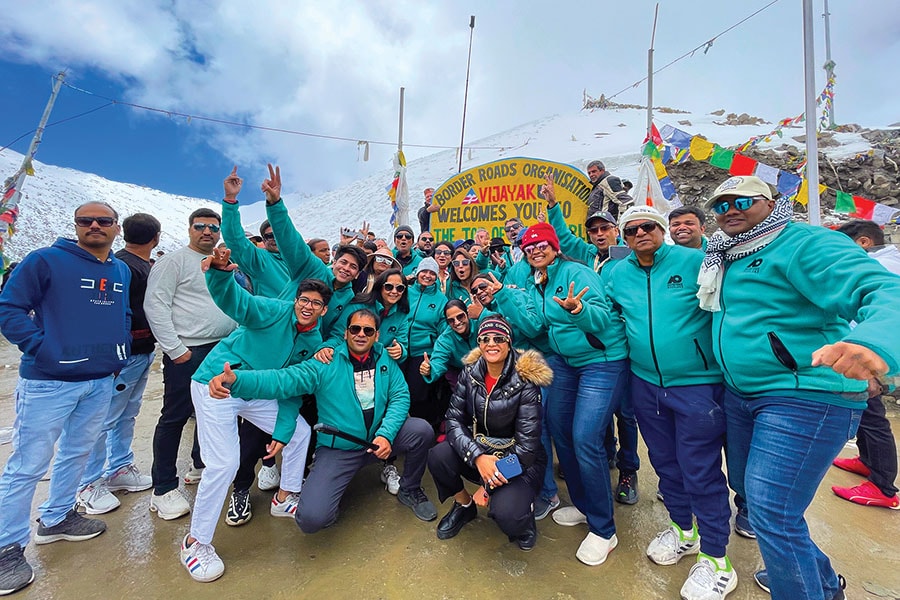Bad roads, good places, great cars: Luxury SUVs go off the road
As the sales of luxury SUVs surge in India, some owners are taking them out of their urban comfort zone and onto roads the vehicles are actually built for
 Mahendra Patel of Ahmedabad started his explorations long before he, or his family, even had a car.
Mahendra Patel of Ahmedabad started his explorations long before he, or his family, even had a car.
There are those who drive, and those who drive. This story is about the latter.
Given the surge in luxury vehicles in India, including SUVs, catching a glimpse of several in a day has become commonplace in the big cities. Commonplace also is seeing them standing at traffic signals, crawling through congested roads, navigating unruly autorickshaws and two-wheelers, or simply parked—squeaky clean—in the parking lots of high-rise buildings and malls. Vehicles that are built to take on the toughest of roads—or none at all—and the most challenging of weathers are often rarely taken out of the comfort zones of their owners.
And yet, there are those who push not just their vehicles, but themselves, out of these very comfort zones and to the edge of their limits to travel across the world in search of adventure, new experiences and learnings, or to fulfill childhood dreams.
“The car you drive, frankly, can become irrelevant if you have the will power,” says Badri Baldawa, a Mumbai-based businessman who turned 80 in early June, and who drove from Mumbai to London when he was 73. “I could have done the London trip in a Maruti 800 also, but yes, it would have been tough for me to drive for 21 hours at a stretch in it. The BMW X5, in which we travelled, is very well suited for long hours of driving, and is much easier on my back.”
Baldawa has driven a wide range of vehicles in his travels across 65 countries, with the most recent one abroad being in Uganda, in a Land Cruiser. His first trip abroad was in Norway to see the midnight sun, in 1983. “When I was in school, my teacher had told us about a country where the sun does not set for six months. I had told myself that I will have to see it to believe it,” he recalls. “So once my business was steady and settled, I decided to make my first foreign trip and go to Norway.” The drive within Norway was challenging not because of the terrain, but because it required driving alone for 46 to 48 hours at a stretch, without any stops. “I had to reach certain places within a certain amount of time, and this was the only way.”
(This story appears in the 14 June, 2024 issue of Forbes India. To visit our Archives, click here.)























